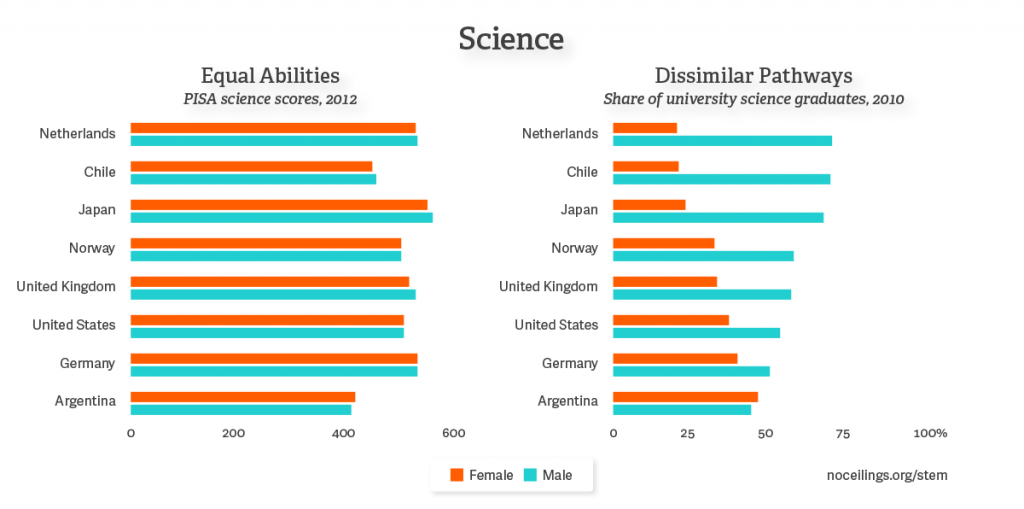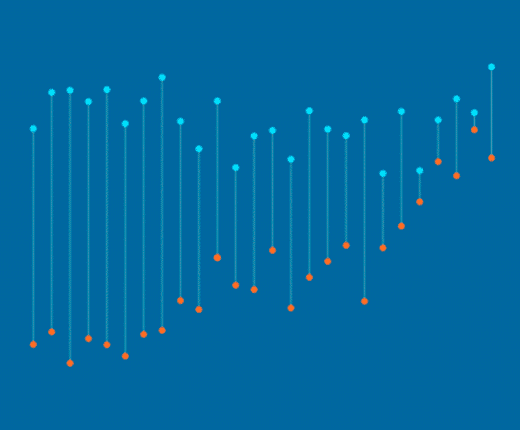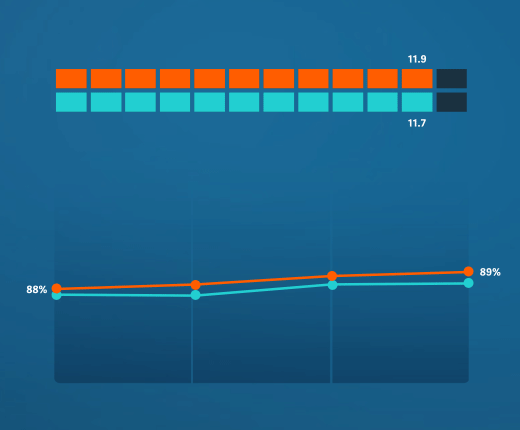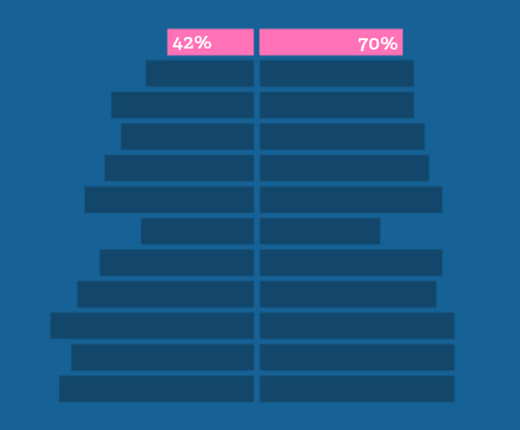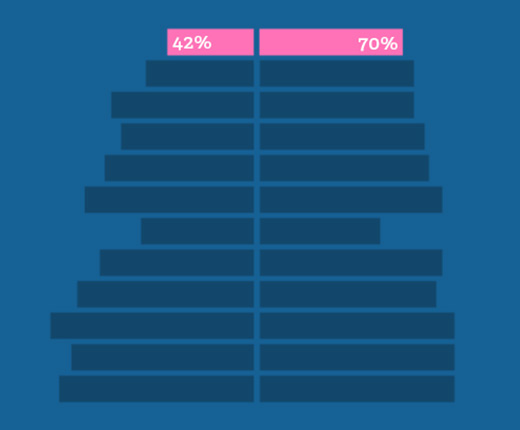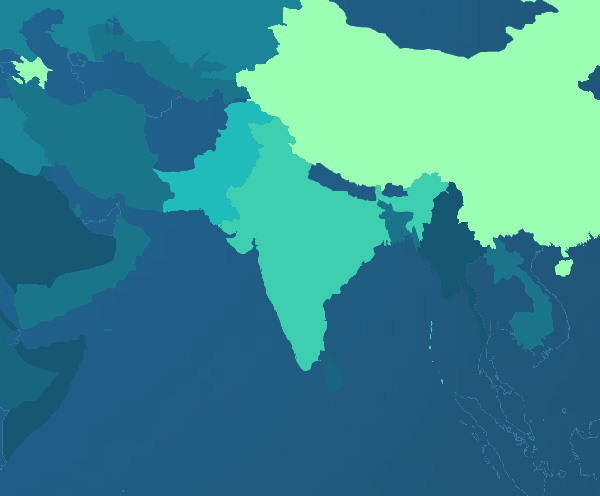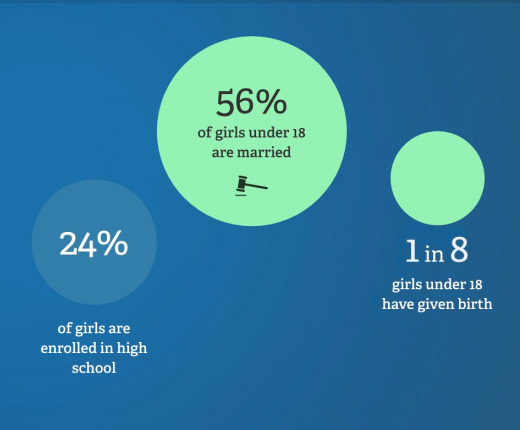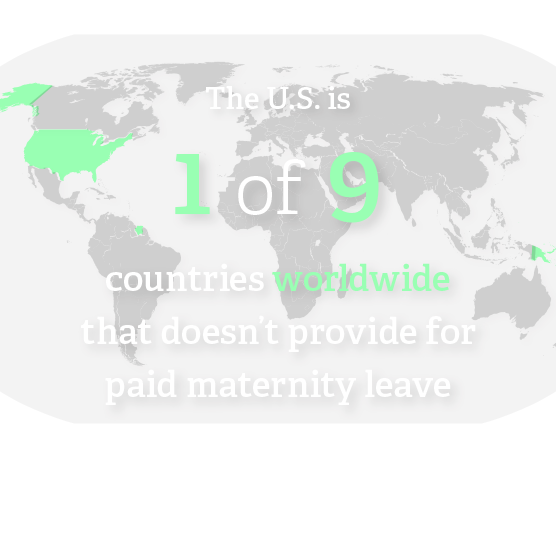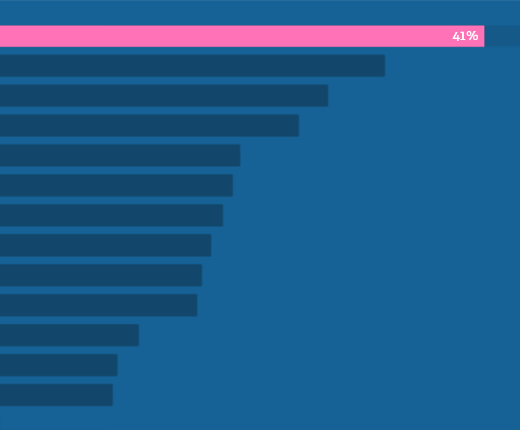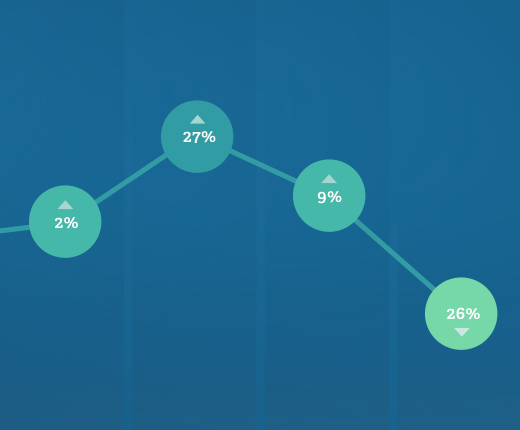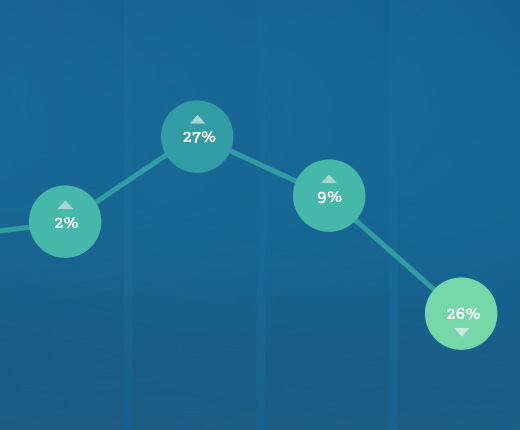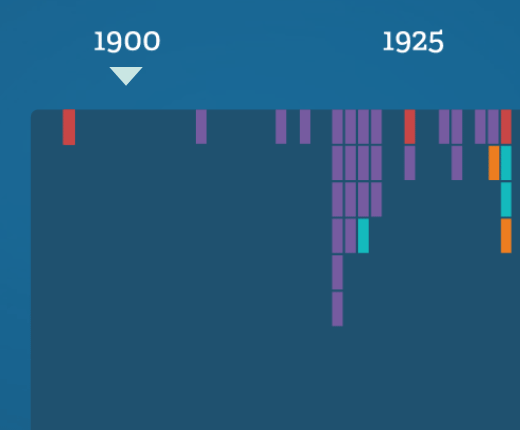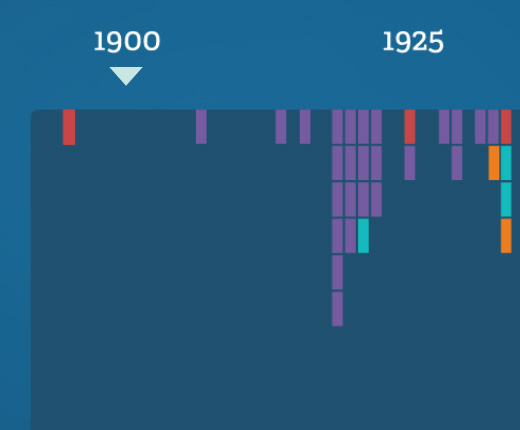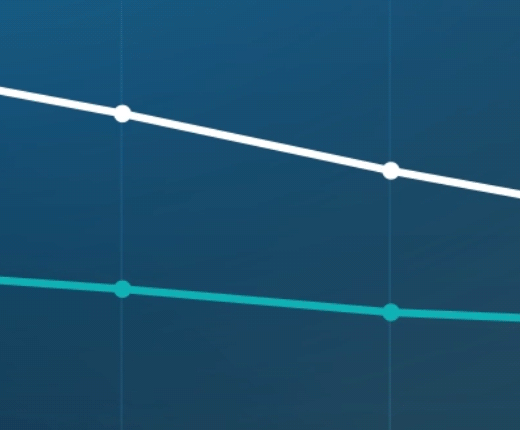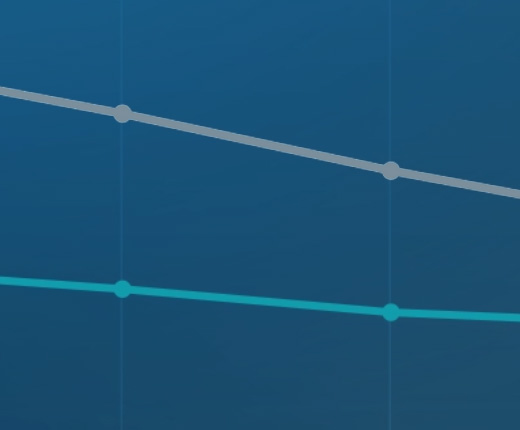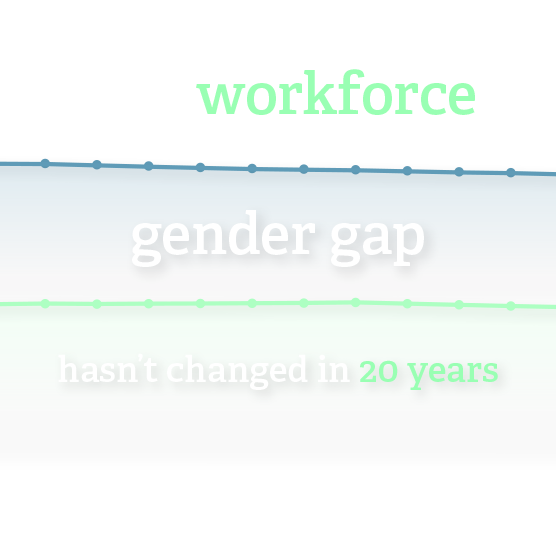Once upon a millennium, there were two students. Lets call them Student A and Student B. In third grade, Student A and Student B showed equal enthusiasm for math and science and tested similarly in both subjects. In their sophomore year of high school, they still tested similarly in math and science, but Student B was more likely than Student A to answer questions in class. Student A began to lose interest, lacked role models in these classes and Student A’s enthusiasm faded. Student A and B went to college. Student A majored in psychology and Student B majored in chemical engineering.
Similar abilities. Dissimilar pathways. What do you think is the most likely reason for this divergence?
Although testing data show that girls and boys in the United States and around the world perform at comparable levels in math and science, female students are much less likely to graduate from college with a STEM degree than their male counterparts.
If you guessed that Student A is female and Student B is male, you’d be correct. Although testing data show that girls and boys in the United States and around the world perform at comparable levels in math and science in both primary and secondary school, female students are much less likely to graduate from college with a STEM degree (science, technology, engineering, or math) than their male counterparts.
Consider this international data from UNESCO and the Organisation for Economic Co-operation and Development (OECD): Among college graduates who receive ibachelor’s degrees in science, the share of women ranges from 41 percent in the U.S. to around 25 percent in the Netherlands and Japan;1 in the subset of computer science, fewer than 20 percent of graduates worldwide are women.2 In engineering, the gender disparity is particularly pronounced in several high-income countries, including the U.S., U.K., and Germany, where fewer than one in five iengineering graduates are women.3
All of this translates into a dearth of women working in STEM fields, which are some of the fastest growing, best paying, and highest-need fields in today’s economy. What’s more, the few women who do pursue jobs in STEM are less likely than men to hold leadership positions, which suggests that gender barriers to STEM exist not only in school but also in the workplace.
Charting the female STEM drop-off
Data indicate that young girls start off strong in math and science but start to lose interest and confidence in their skills as they grow older. Across many regions at the primary school level, for example, an equal or higher percentage of girls achieve standard proficiency in imath and iscience compared to boys.4 At the secondary school level, however, things start to shift.
The Programme for International Student Assessment (PISA), which tests skills and knowledge among 15-year-old students in 65 countries and economies, shows that most boys and girls perform similarly in science and the difference in math is very small, with boys performing only 2 percent higher. There is one big difference, though, and it has to do with attitude. In all but three countries, girls are far more likely than boys to report feeling “ihelpless while performing a math problem.”5 Also far fewer girls (4.7 percent) than boys (18 percent) report that they expect to have a career in engineering or computing, even among the top performers.6
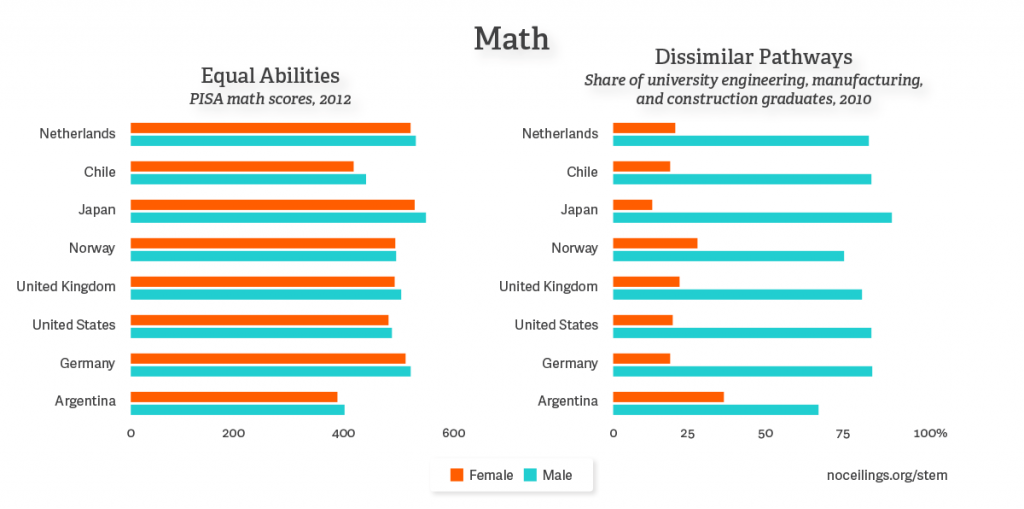
One exception is the Middle East and North Africa: Girls there typically outpace boys in math at the primary and secondary school levels (though learning outcomes in the region are lower relative to other regions).
What’s at stake
Back to Student A and Student B: What is the impact of Student B earning a chemical engineering degree in relation to Student A earning a psychology degree?
In the U.S., women in STEM fields earn 33 percent more than those in other industries and typically experience a smaller wage gap relative to men.
First, Student B and his fellow STEM workers have a lot more earning potential than Student A. This earning potential is particularly significant for female STEM workers; in the U.S., for example, women in STEM fields earn 33 percent more than those in other industries and typically experience a smaller wage gap relative to men.7
Second, the demand for skilled STEM workers is high and expected to grow. The U.S. Bureau of Labor Statistics projects an increase of approximately 1.7 million new jobs in the U.S. between 2012 and 2022 in the 15 STEM fields with the highest growth potential.8 Given that women earn 57 percent of all bachelor’s degrees in the U.S.,9 the female STEM drop-off has a disproportionate effect on the job-readiness of the national workforce and the broader ability of the United States to drive innovation and compete in the world marketplace.
Third, lack of gender diversity in STEM fields limits workplace performance. Studies have shown that more diverse and inclusive teams consistently produce more accurate and successful solutions to complex situations and are less likely to make significant mistakes than homogenous teams.10
While there is less data on women in STEM in developing countries, the data we do have indicates that global barriers exist to women’s and girls’ full participation in STEM. And the stakes are global as well. Many of the most urgent 21st-century challenges — including climate change, sustainable energy, and public health epidemics — require STEM expertise. Supporting girls’ education in STEM, through to female leadership roles in the STEM workplace, is not only the right thing to do but the smart thing to do.
We cannot afford to miss out on the talent and ingenuity of half the world’s population.
1 “Education: Distribution of Tertiary Graduates by Field of Study” (UNESCO Institute for Statistics)
2 “Percentage of Tertiary Qualifications Awarded to Women by Field of Education,” OCD Gender Equality, March 2014 (OECD)
3 “Education: Distribution of Tertiary Graduates by Field of Study” (UNESCO Institute for Statistics)
5 PISA 2012 Database (OECD); “There Are Only 3 Countries Where Girls Feel More Comfortable With Math Than Boys,” Olga Khazan, The Atlantic, March 7, 2014
6 “Where Are Tomorrow’s Female Scientists?” OECD, OECD Gender Equality, 2013
7 “Women in STEM,” The White House, 2013
8 “STEM 101: Intro to Tomorrow’s Jobs,” Dennis Vilorio, BLS Occupational Outlook Quarterly, Spring 2014
9 U.S. Department of Education, National Center for Education Statistics, Higher Education General Information Survey (HEGIS), “Degrees and Other Formal Awards Conferred” surveys, and Integrated Postsecondary Education Data System (IPEDS), “Completions” surveys (table prepared June 2000)
10 The Difference: How the Power of Diversity Creates Better Groups, Firms, Schools, and Societies, Scott E. Page (Princeton: Princeton University Press, 2007).
